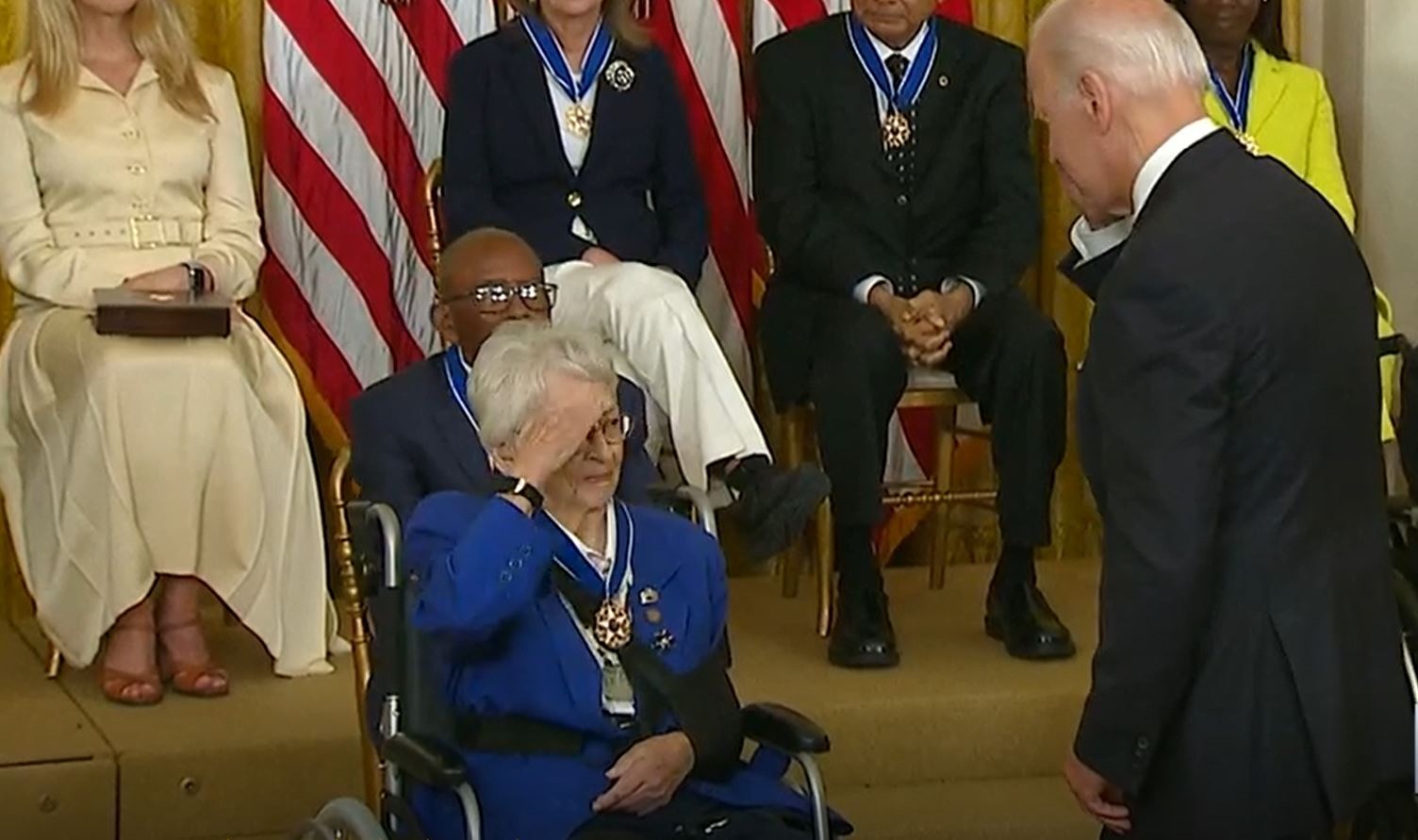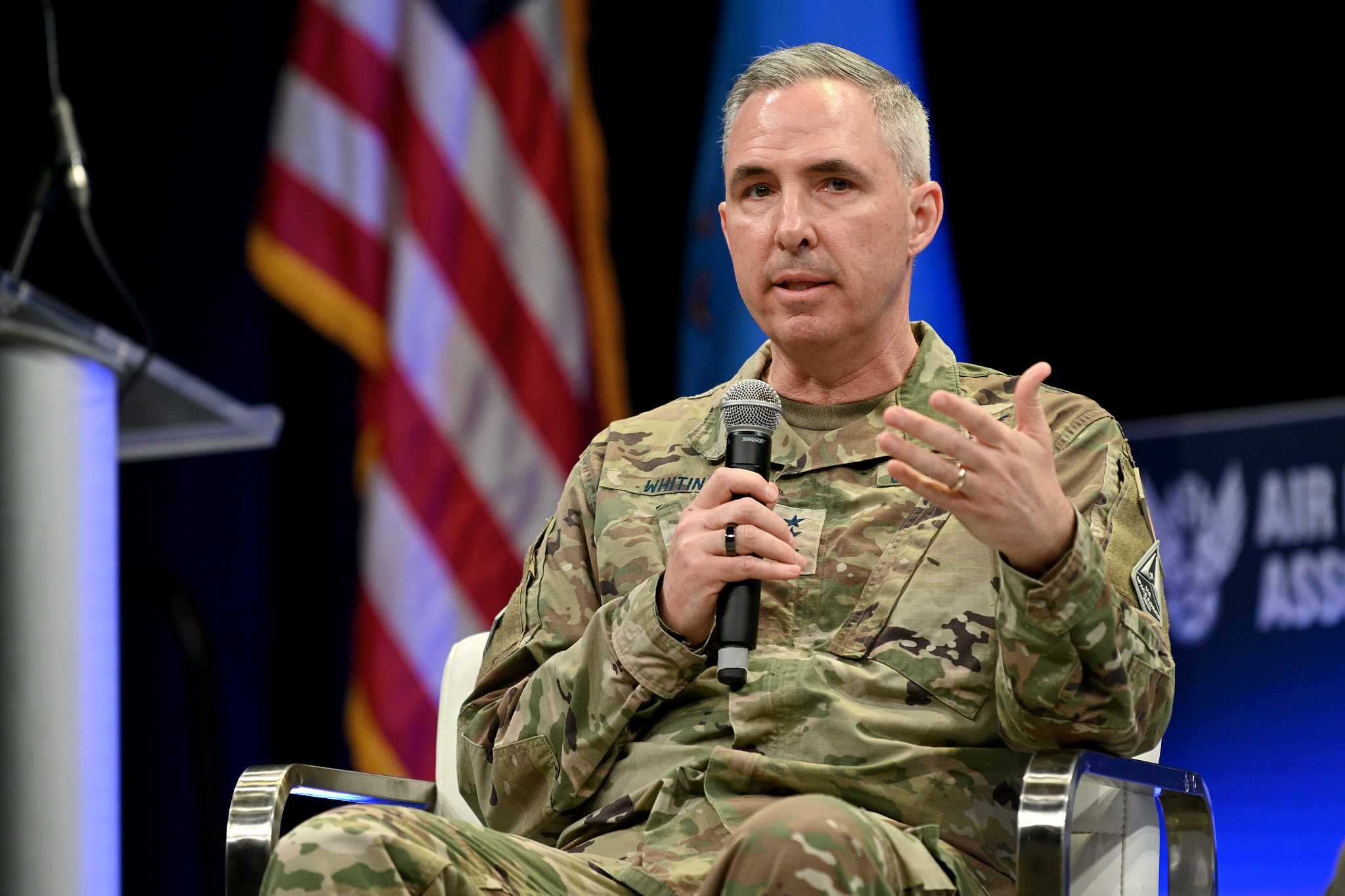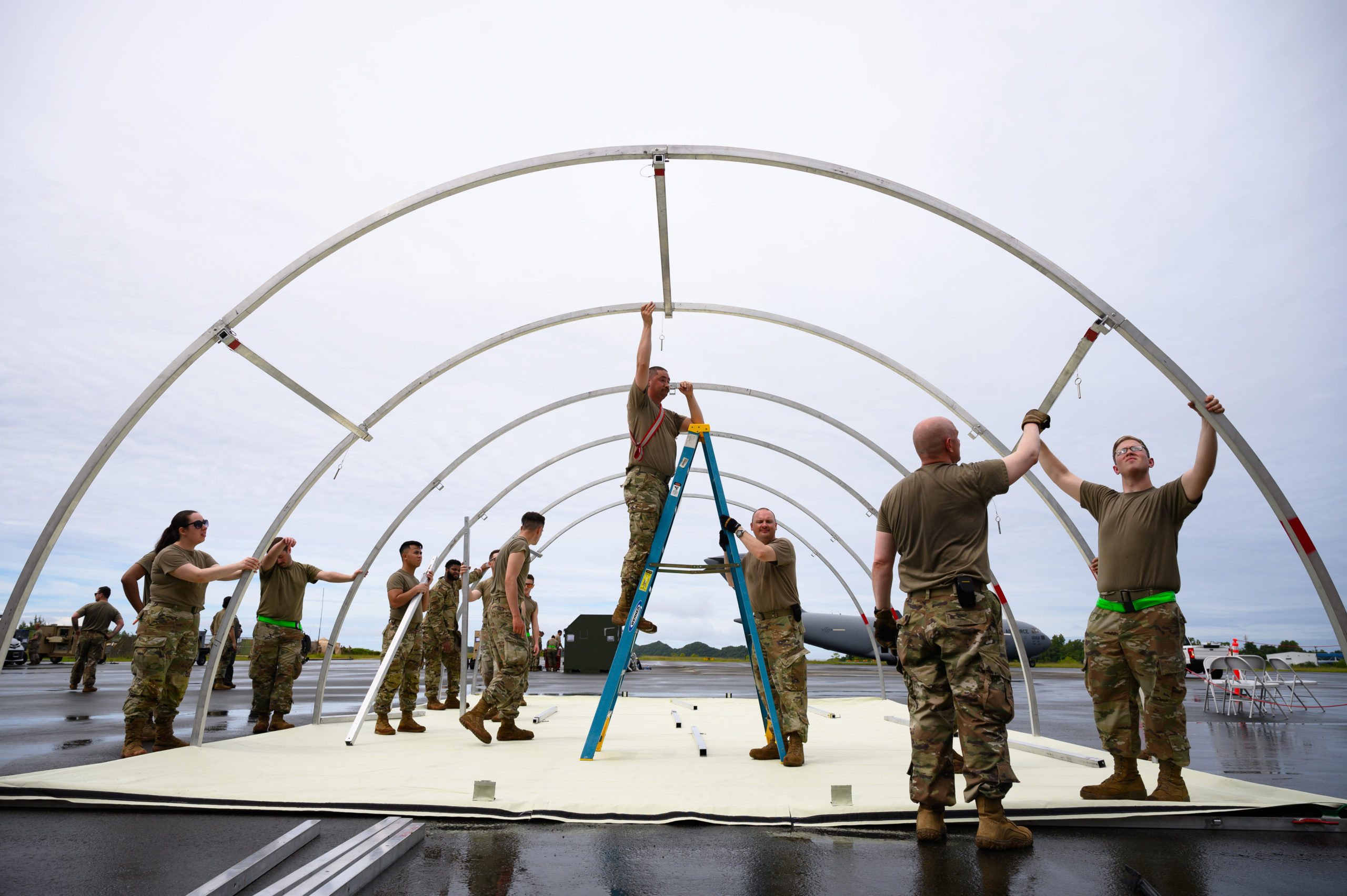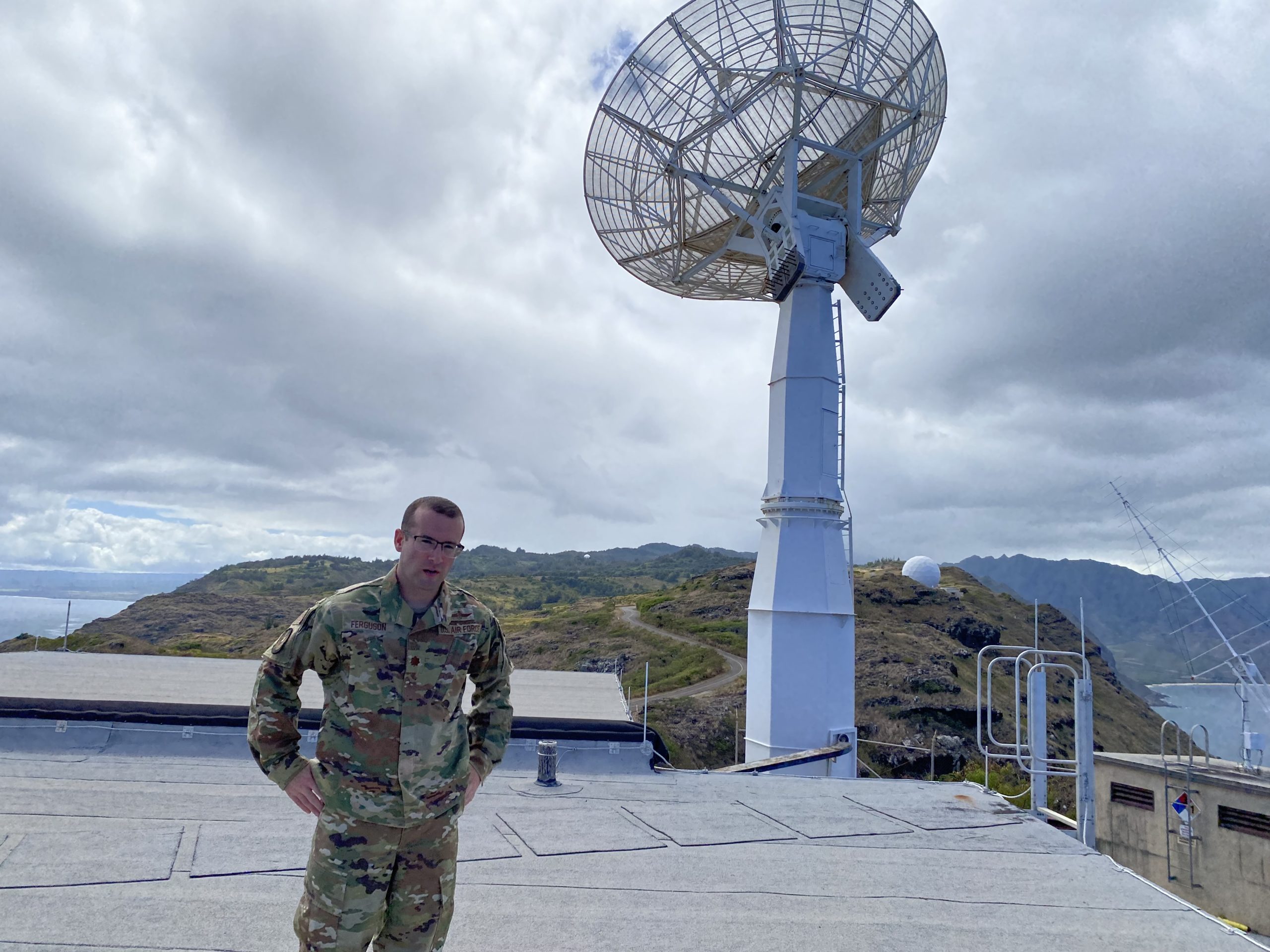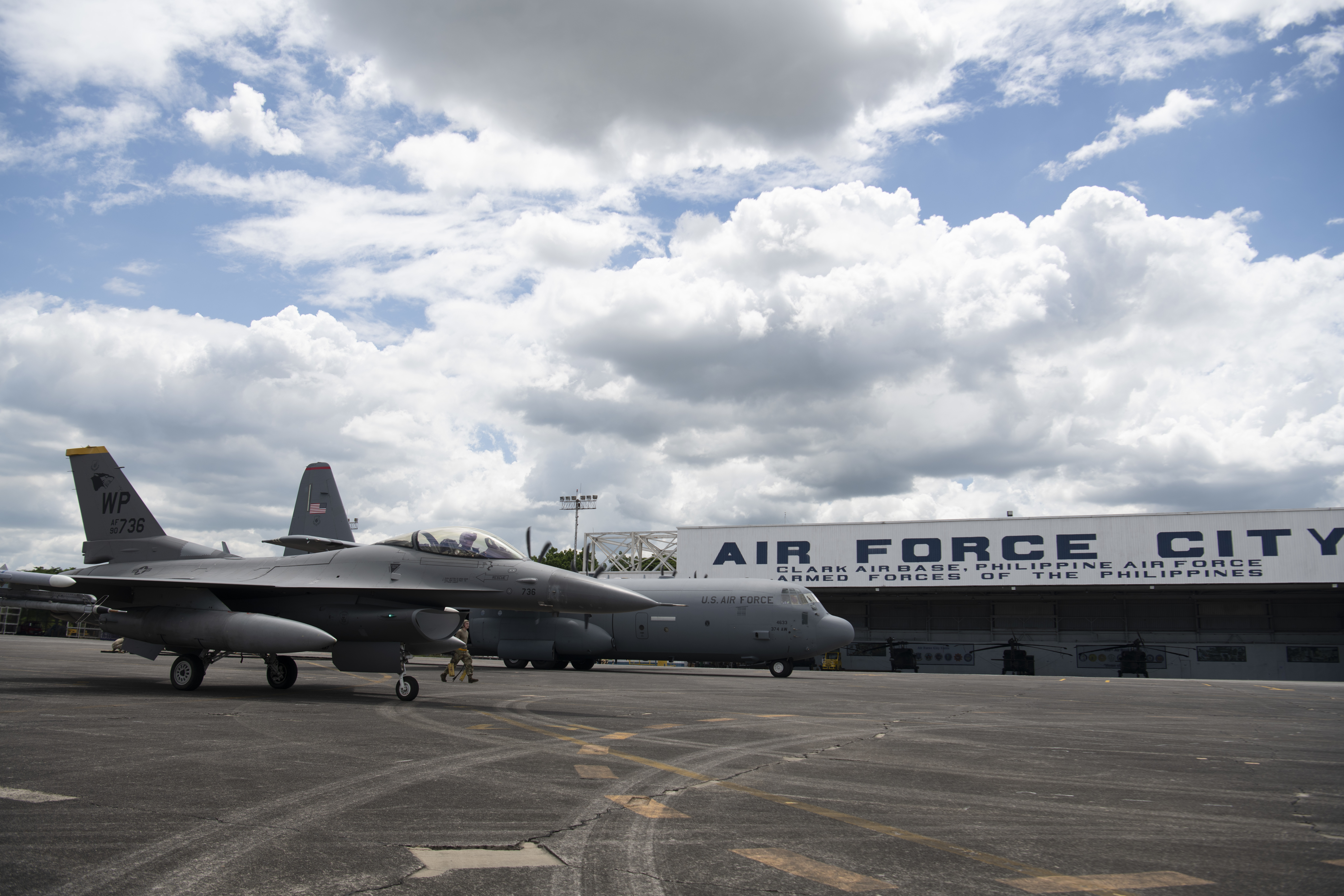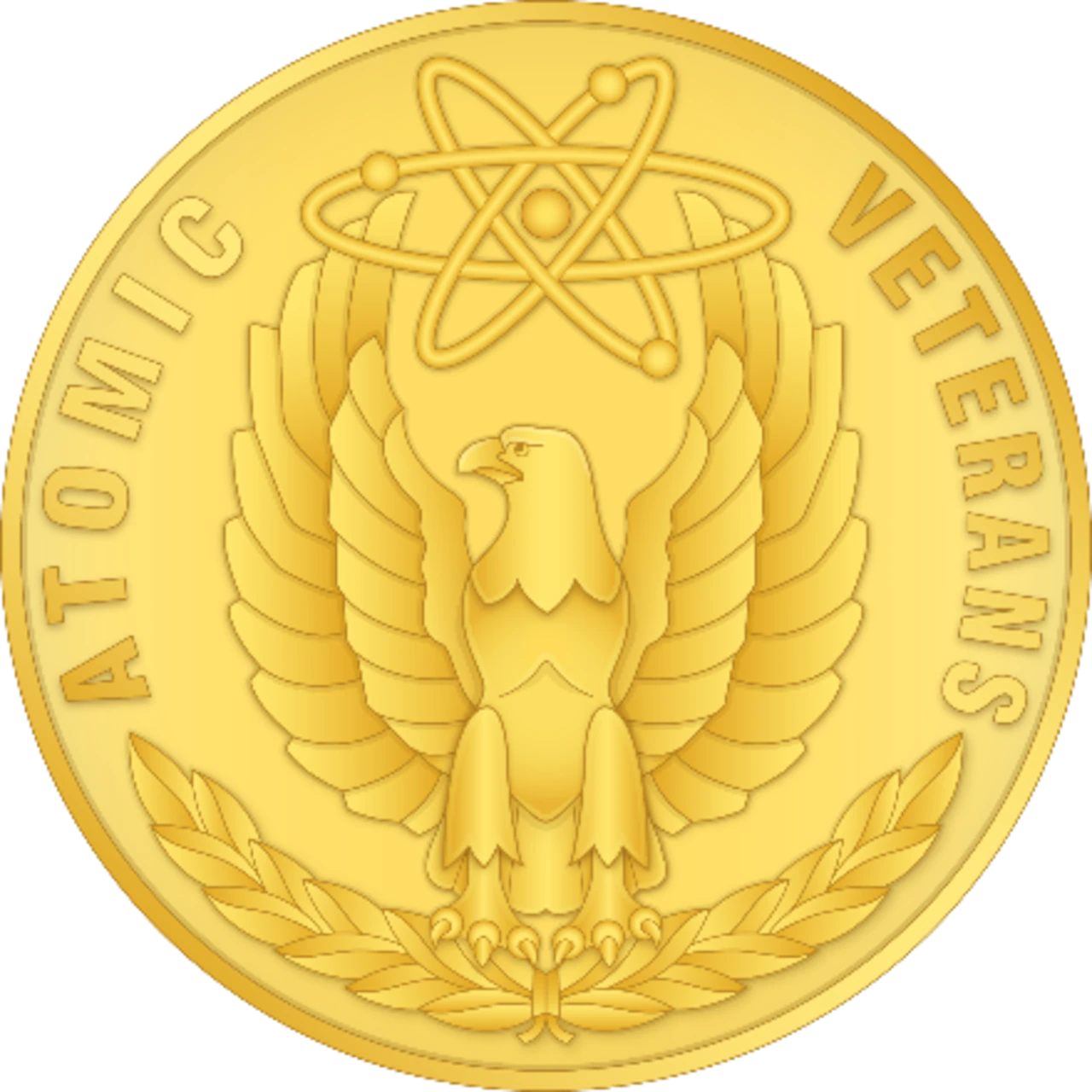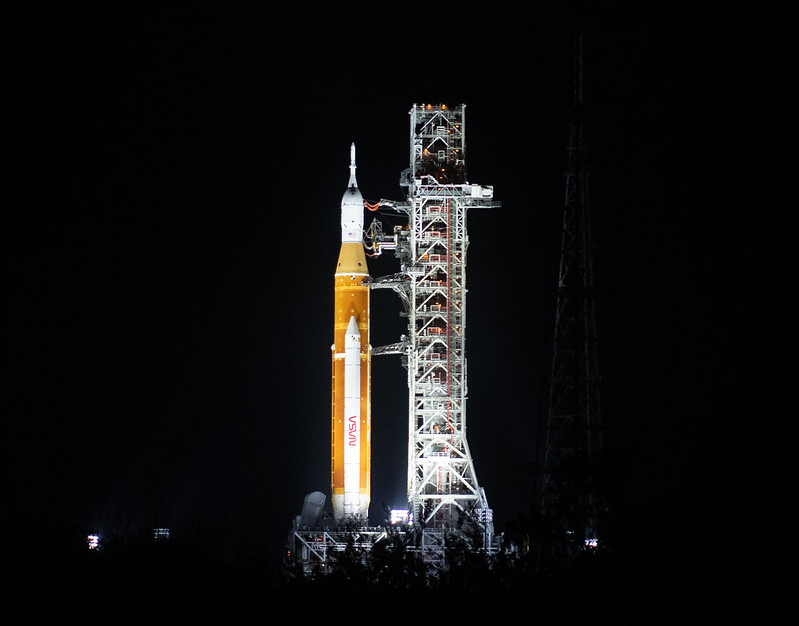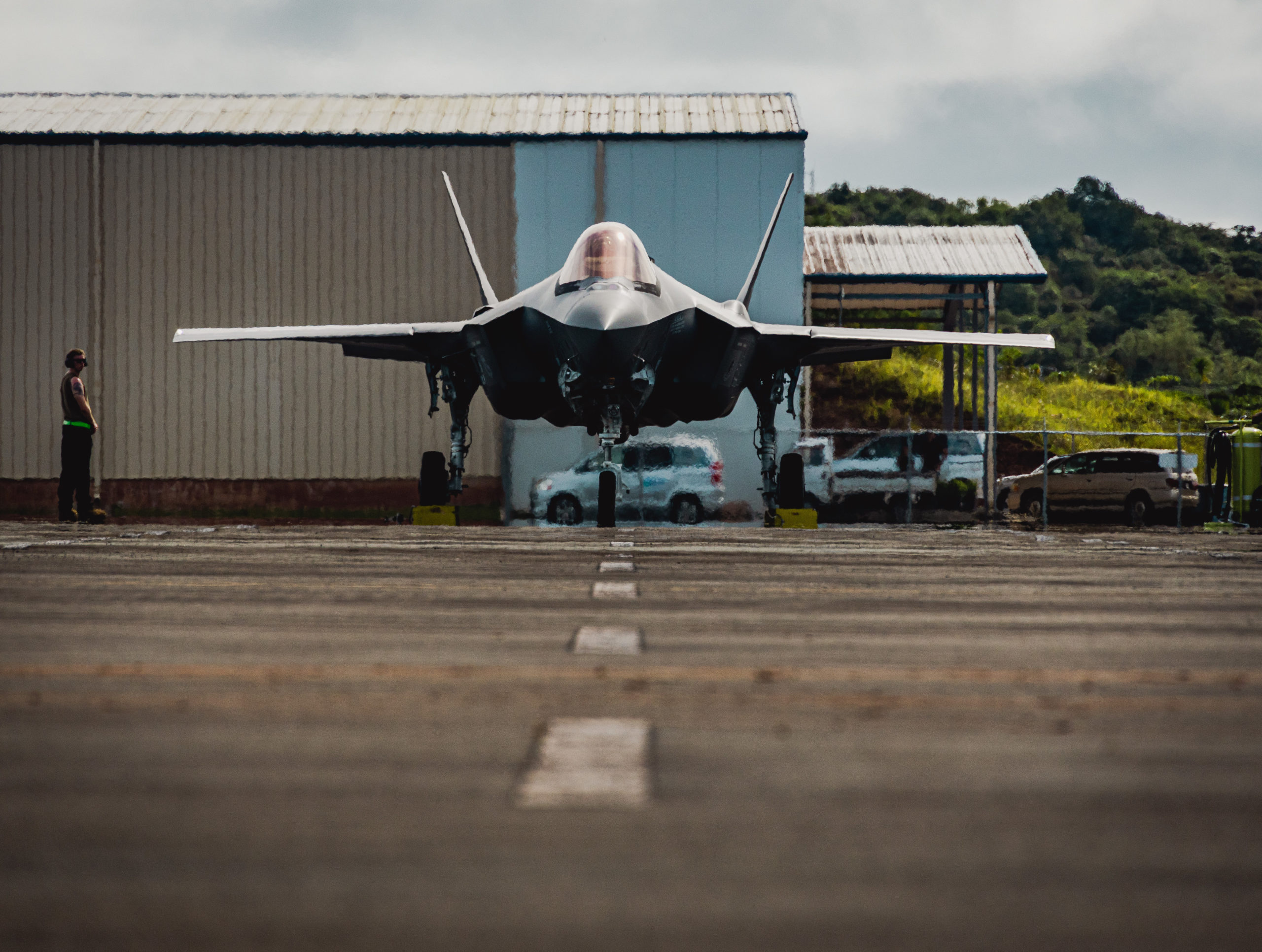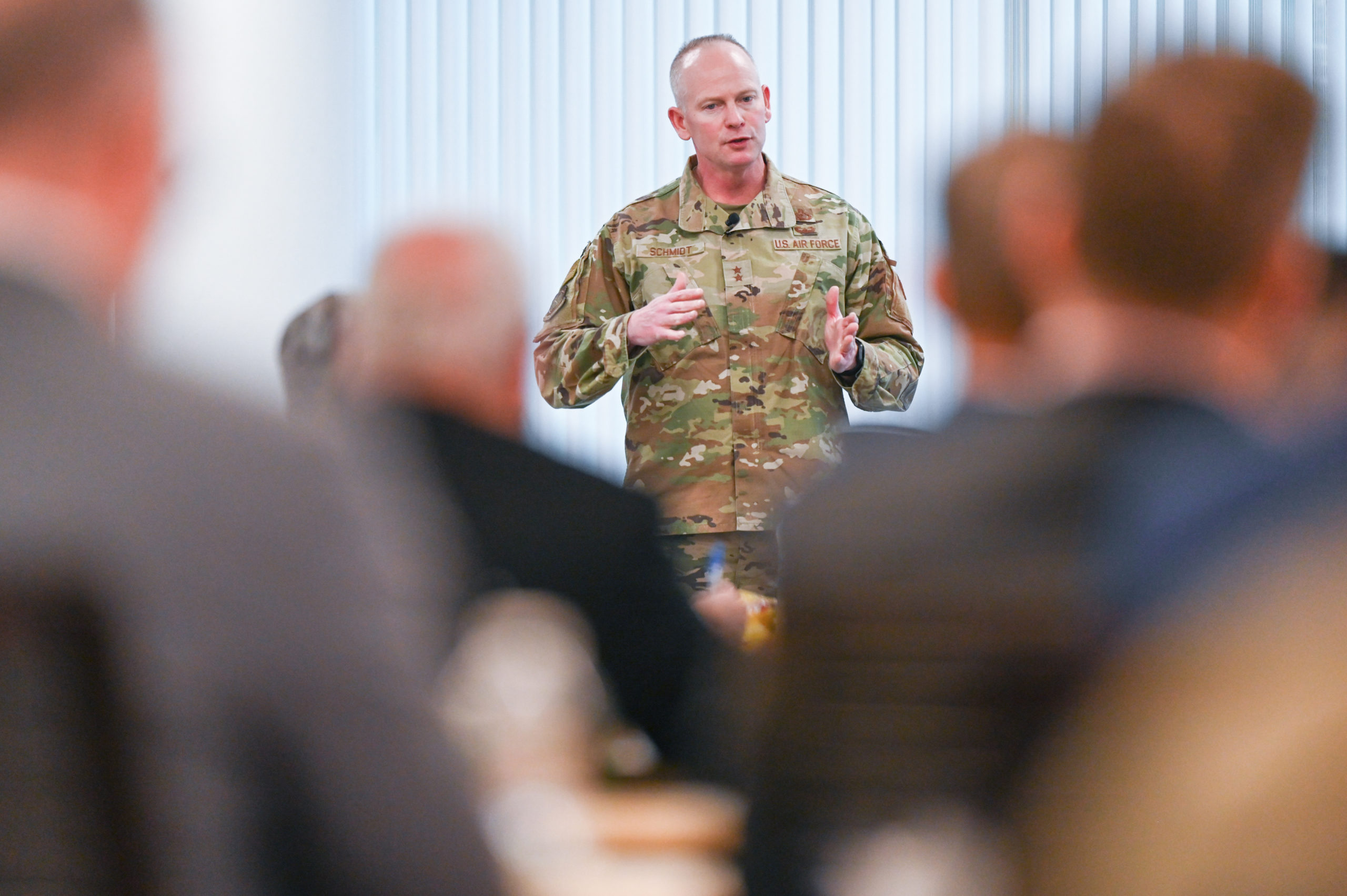President Joe Biden awarded the Presidential Medal of Freedom to retired Air Force Brig. Gen. Wilma Vaught at a July 7 White House ceremony. Vaught is only the eighth distinguished Airman to earn the honor.
Over the course of a 28-year Air Force career, Vaught, 92, was “the first woman to hold every job she ever had,” her medal citation states. Over a 28-year career, she became the first woman to deploy with an Air Force bomber unit, serving in Vietnam, and was among the first women to break into the general officer ranks, retiring as a brigadier general in the Air Force.
After retiring, Vaught spearheaded the creation of the first national memorial honoring the more than 3 million women who served in the U.S. military. The Military Women’s Memorial is the result of that work, located at the gateway to Arlington National Cemetery, where it features a portrait of Vaught as a tribute to her determination to recognize women veterans.
Vaught was among several notable women who received the award at the same ceremony, including former Congresswoman Gabrielle Giffords and two female Olympic champions, gymnast Simone Biles and soccer star Megan Rapinoe. Biden said in his opening remarks that Biles’ and Rapinoe’s leadership and success were built on those of earlier pioneers like Vaught.
“Simone and Megan would be the first to acknowledge that they stand on the shoulders of those who came before them, like Air Force Brigadier General (Retired) Wilma Vaught,” Biden said. “Wilma is one of the most decorated women ever to serve in the United States military,” he said, praising her for “shattering conventions, shaping a new tradition of our military,” and founding the women’s memorial.
Seated in a wheel chair in a bright blue blazer and with her left arm in a sling, Vaught saluted the crowd as President Biden fastened the award around her neck, then repeated the gesture, as the President came around and saluted her, offering a quiet “thank you” before he presented the next award.
The seven previous Air Force leaders to be awarded the Presidential Medal of Freedom were all men and include three astronauts, a Medal of Honor recipient, and a five-term member of the Senate:
| Name | Year | Distinction | President |
| Buzz Aldrin | 1969 | Apollo 11 Astronaut | Nixon |
| Michael Collins | 1969 | Apollo 11 Astronaut | Nixon |
| Fred Wallace Haise | 1970 | Apollo 13 Astronaut | Nixon |
| Chuck Yeager | 1985 | Flying Ace, Test Pilot, first to break sonic barrier | Reagan |
| Barry Goldwater | 1986 | Five-term Senator and USAFR Brigadier General | Reagan |
| Jimmy Doolittle | 1989 | Medal of Honor Recipient and World War II hero | G.H.W.Bush |
| Richard Myers | 2005 | Chairman of the Joint Chiefs of Staff | G. W. Bush |
